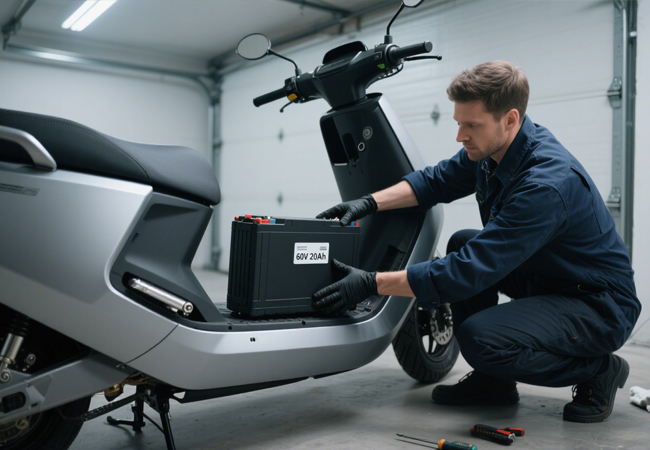Many electric vehicle users find their lithium-ion batteries unable to charge or discharge after being unused for over half a month, leading them to mistakenly think the batteries need replacement. In reality, such discharge-related issues are common for lithium-ion batteries, and solutions depend on the battery’s discharge state—with the Battery Management System (BMS) playing a critical role.
First, identify the battery’s discharge level when it can’t charge. The first type is mild discharge: this triggers the over-discharge protection of the BMS. The BMS works normally here, cutting off the discharge MOSFET to stop power output. As a result, the battery can’t discharge, and external devices may not detect its voltage. Charger type affects charging success: chargers with voltage identification need to detect external voltage to start charging, while those with activation functions can directly charge batteries under BMS over-discharge protection.

Understanding these discharge states and the BMS’s role helps users avoid unnecessary battery replacement. For long-term storage, charge lithium-ion batteries to 50%-70% and top up every 1-2 weeks—this prevents severe discharge and extends battery life.
Post time: Oct-08-2025





